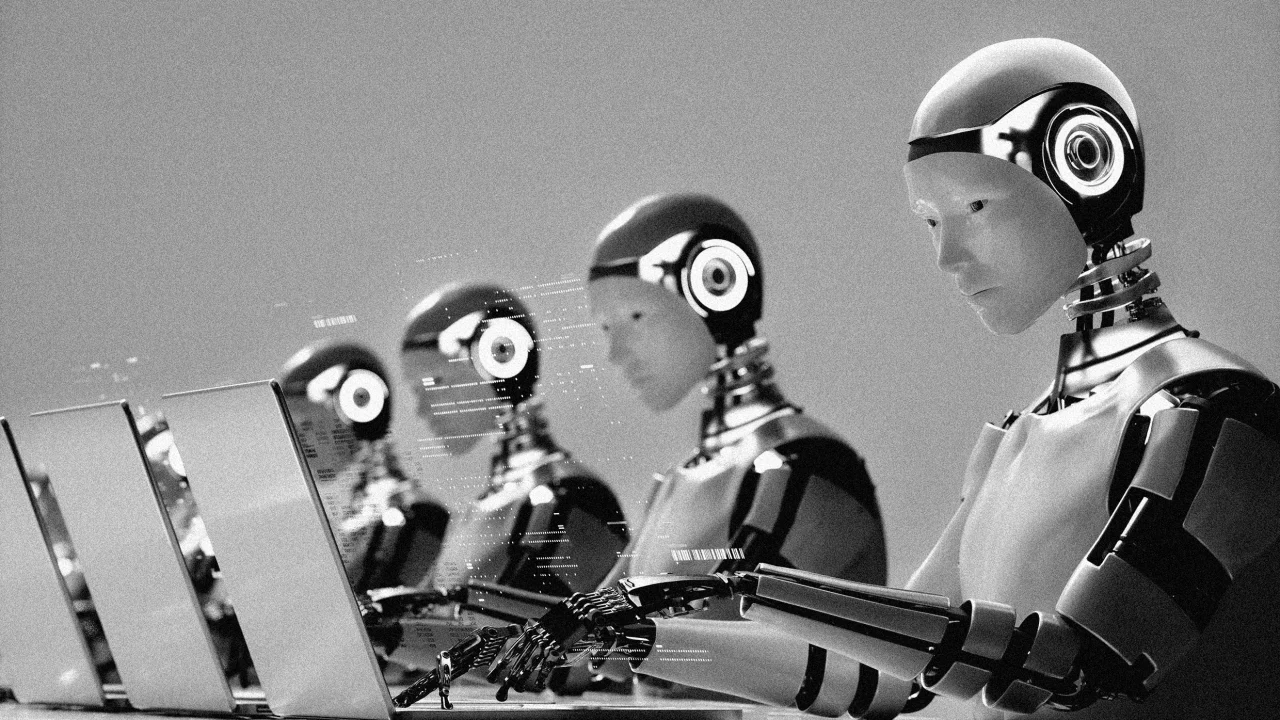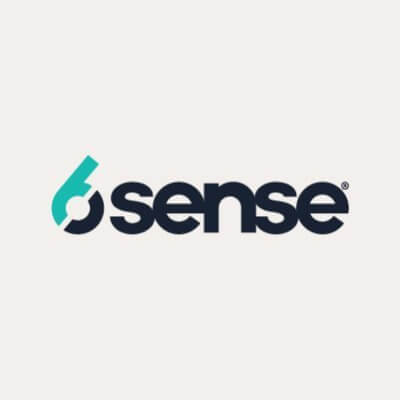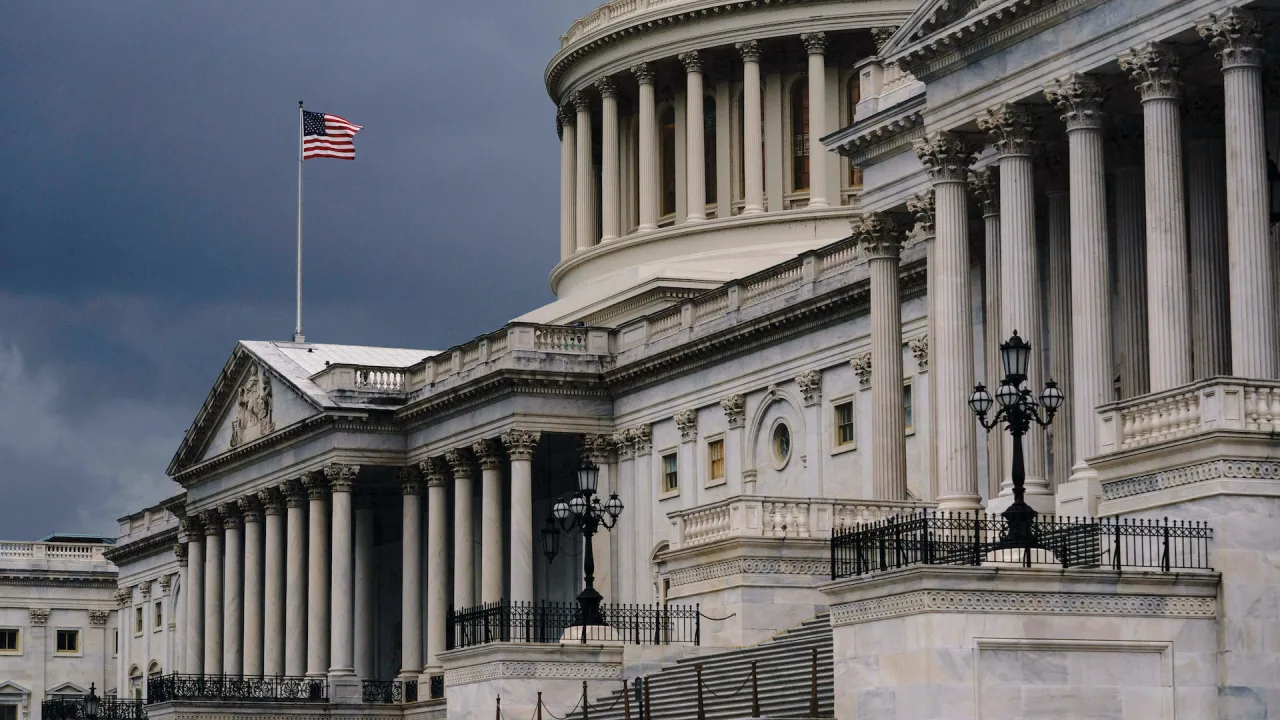Why digital-native publishers like Business Insider are most exposed in the AI era
For the past year and a half, there’s been a simmering concern over what AI is going to do to the workforce. Last week, that concern boiled over in a big way following back-to-back news stories: First, Anthropic CEO Dario Amodei set off alarm bells by predicting that AI would wipe out half of entry-level jobs and massively drive up unemployment. As if on cue, Business Insider announced it was laying off 21% of its staff. While the two obviously aren’t directly related, the one-two punch landed hard in the media business, which faces an existential threat to its business model (in a nutshell, AI answers mean less traffic than search). But like all demographics, it’s important to remember that the media isn’t a monolith. While AI summaries mean rapidly changing audience habits for all publishers, BI‘s move emphasizes that digital-native brands are particularly vulnerable. In her memo to BI staff, CEO Barbara Peng said the company was “going all-in on AI,” explaining that the layoffs were part of a broader strategic shift and that, going forward, the publication would need to reduce its dependence on traffic in general. In addition to cutting click-dependent areas like its commerce business, BI would launch live journalism events, double down on subscriptions, and encourage all its journalists to embrace AI tools. This is far from the publication’s first move on this course. Not long ago, the company had ambitions to become a general interest brand, but after changing its name to Insider in 2021, it switched back to Business Insider less than three years later. Since then, the publication has been investing more in unique voices and talent instead of the volume content that fueled the company’s rise in the 2010s, when media brands like Vice, Quartz, and Buzzfeed were dominant. The old media playbook meets a new world The thing about BI, though, is that it was one of the few success stories to come out of that era. The publication sold to Axel Springer for $343 million dollars back in 2015, just before the bottom fell out of the scale media market. Perhaps that’s why it took BI so long to adapt. It’s been shedding its workforce for a couple of years—now roughly half the size of its 2022 peak of 1,000 people, according to Press Gazette. Now AI is forcing the issue. Peng’s memo says that 70% of BI‘s business suffers from “traffic sensitivity,” a euphemism for content designed to attract eyeballs on the open web by appearing in search, social, or feeds. Who are those people? How do you keep them coming back or transacting with your brand? In the media model BI was built for, it didn’t matter—it only mattered how big the number was on any given day. Now BI is doing exactly what any media consultant would recommend: adopting tactics like paywalled subscriptions, events, newsletters, and first-party data. It’s the right strategy, but for BI the moves are reactive retreats rather than proactive bets. That doesn’t mean they’re bad ideas, but BI‘s DNA was born out of a different era. It has a brand, but is it strong enough to make the transition that AI demands? I don’t mean to pick on BI, but I do think it exemplifies why digital media companies from the 2010s are likely going to have the hardest time in the AI era. Legacy mainstream outlets like The New York Times and The Wall Street Journal have built moats with their strong journalism and diverse revenue streams. On the other end, smaller digital upstarts like 404 Media, The Ankler, and The Free Press are finding success by cultivating talent, getting scoops, and offering unique perspectives. It’s the brands in between—the ones that followed the same playbook as BI—now scrambling to re-architect themselves to meet this moment. Ziff Davis (owner of PCMag, Mashable, and IGN) is similarly feeling pressure, as seen in its lawsuit against OpenAI, arguing that its strategy of publishing evergreen, free content on the internet to maximize clicks has made it particularly vulnerable to substitution by AI. Experimentation isn’t transformation As evidence of the BI‘s all-in bet on AI, Peng talked about AI-powered features like its site search and dynamic paywall. She also mentioned that 75% of the staff were now using AI tools, specifically ChatGPT Enterprise, with the aim to get the figure to 100%. The note encourages “bold experimentation,” and says they’re building prompt libraries and sharing everyday AI use cases among staff. However, this description of AI initiatives, while directionally solid, sounds like it’s still in the early stages. Contrast that with an AI-forward newsroom like Reuters, which has built modular tooling tailored to newsroom workflows, under a clear “reduce, augment, transform” framework. It’s great that they’re moving forward, but without a focus on systems, transformation will be piecemeal. And while the choice of ChatGPT is expected given the company’s partnership with OpenAI, pushing a single AI model over al

For the past year and a half, there’s been a simmering concern over what AI is going to do to the workforce. Last week, that concern boiled over in a big way following back-to-back news stories: First, Anthropic CEO Dario Amodei set off alarm bells by predicting that AI would wipe out half of entry-level jobs and massively drive up unemployment. As if on cue, Business Insider announced it was laying off 21% of its staff.
While the two obviously aren’t directly related, the one-two punch landed hard in the media business, which faces an existential threat to its business model (in a nutshell, AI answers mean less traffic than search). But like all demographics, it’s important to remember that the media isn’t a monolith. While AI summaries mean rapidly changing audience habits for all publishers, BI‘s move emphasizes that digital-native brands are particularly vulnerable.
In her memo to BI staff, CEO Barbara Peng said the company was “going all-in on AI,” explaining that the layoffs were part of a broader strategic shift and that, going forward, the publication would need to reduce its dependence on traffic in general. In addition to cutting click-dependent areas like its commerce business, BI would launch live journalism events, double down on subscriptions, and encourage all its journalists to embrace AI tools.
This is far from the publication’s first move on this course. Not long ago, the company had ambitions to become a general interest brand, but after changing its name to Insider in 2021, it switched back to Business Insider less than three years later. Since then, the publication has been investing more in unique voices and talent instead of the volume content that fueled the company’s rise in the 2010s, when media brands like Vice, Quartz, and Buzzfeed were dominant.
The old media playbook meets a new world
The thing about BI, though, is that it was one of the few success stories to come out of that era. The publication sold to Axel Springer for $343 million dollars back in 2015, just before the bottom fell out of the scale media market. Perhaps that’s why it took BI so long to adapt. It’s been shedding its workforce for a couple of years—now roughly half the size of its 2022 peak of 1,000 people, according to Press Gazette.
Now AI is forcing the issue. Peng’s memo says that 70% of BI‘s business suffers from “traffic sensitivity,” a euphemism for content designed to attract eyeballs on the open web by appearing in search, social, or feeds. Who are those people? How do you keep them coming back or transacting with your brand? In the media model BI was built for, it didn’t matter—it only mattered how big the number was on any given day.
Now BI is doing exactly what any media consultant would recommend: adopting tactics like paywalled subscriptions, events, newsletters, and first-party data. It’s the right strategy, but for BI the moves are reactive retreats rather than proactive bets. That doesn’t mean they’re bad ideas, but BI‘s DNA was born out of a different era. It has a brand, but is it strong enough to make the transition that AI demands?
I don’t mean to pick on BI, but I do think it exemplifies why digital media companies from the 2010s are likely going to have the hardest time in the AI era. Legacy mainstream outlets like The New York Times and The Wall Street Journal have built moats with their strong journalism and diverse revenue streams. On the other end, smaller digital upstarts like 404 Media, The Ankler, and The Free Press are finding success by cultivating talent, getting scoops, and offering unique perspectives.
It’s the brands in between—the ones that followed the same playbook as BI—now scrambling to re-architect themselves to meet this moment. Ziff Davis (owner of PCMag, Mashable, and IGN) is similarly feeling pressure, as seen in its lawsuit against OpenAI, arguing that its strategy of publishing evergreen, free content on the internet to maximize clicks has made it particularly vulnerable to substitution by AI.
Experimentation isn’t transformation
As evidence of the BI‘s all-in bet on AI, Peng talked about AI-powered features like its site search and dynamic paywall. She also mentioned that 75% of the staff were now using AI tools, specifically ChatGPT Enterprise, with the aim to get the figure to 100%. The note encourages “bold experimentation,” and says they’re building prompt libraries and sharing everyday AI use cases among staff.
However, this description of AI initiatives, while directionally solid, sounds like it’s still in the early stages. Contrast that with an AI-forward newsroom like Reuters, which has built modular tooling tailored to newsroom workflows, under a clear “reduce, augment, transform” framework. It’s great that they’re moving forward, but without a focus on systems, transformation will be piecemeal. And while the choice of ChatGPT is expected given the company’s partnership with OpenAI, pushing a single AI model over all the others is inherently limiting.
For other digital media brands who fear death or downsizing, BI‘s approach is instructive. It’s urgent to rethink dependency on traffic, and even the lens of measuring success through traffic. Certainly, ad impressions are the KPI driving all this, and it’s not going to go away overnight (or ever, really). But a long decline seems inevitable. Shifting focus from traffic to metrics that measure impact, engagement, and loyalty is step one. That’s the path to cultivating direct reader relationships—essential to building media brands that are sustainable in the AI era.
BI’s shift is a step in the right direction, but survival won’t come from cost-cutting or tool adoption alone. The digital media brands that make it through this next wave will be the ones that know who they’re for and what makes them worth returning to. That means being willing to rethink how things get made in the first place—and why.
















































































































































